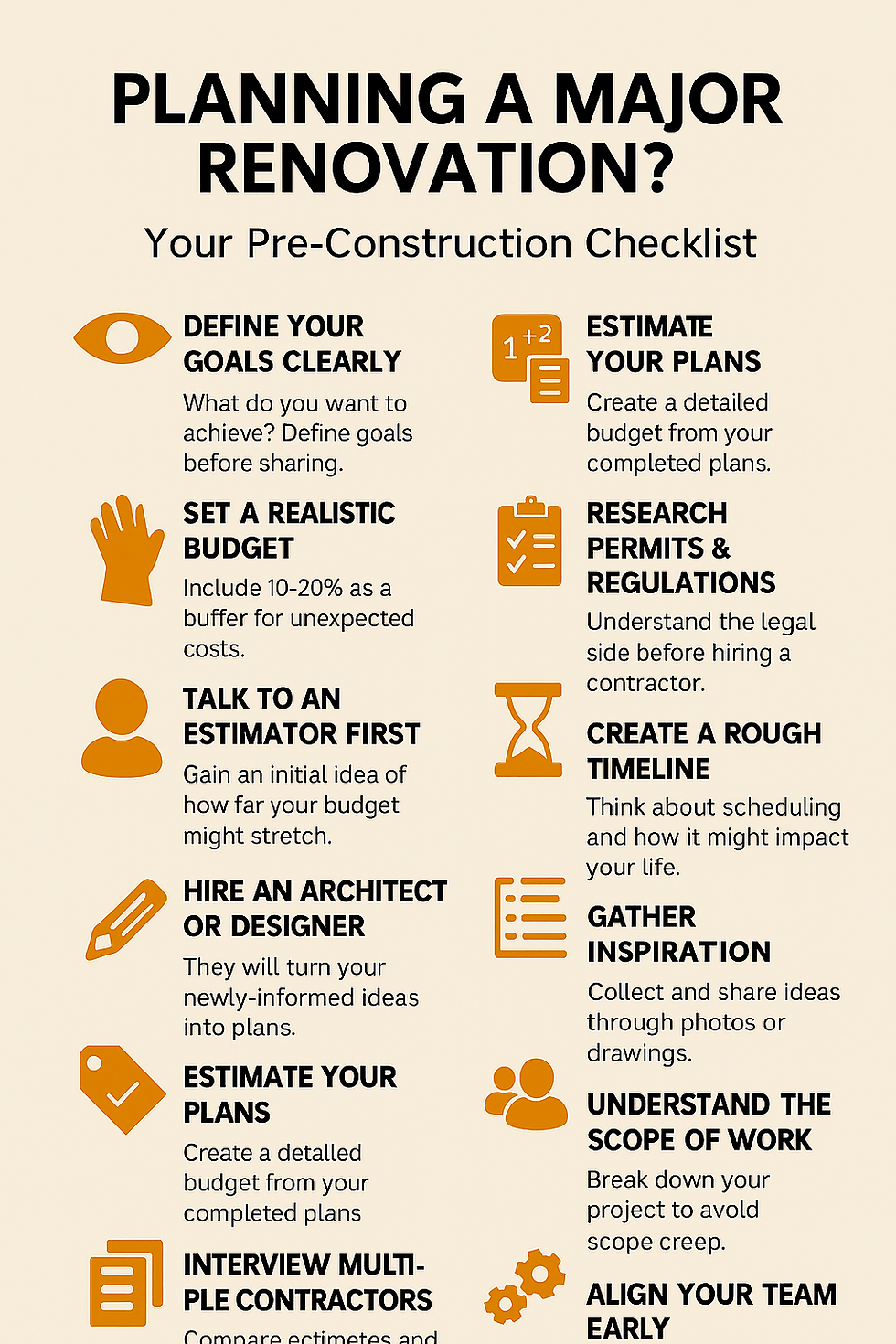What are AAC Blocks ?
- Deen Gabriel

- Jun 28
- 2 min read
In a world where construction must balance cost, efficiency, and sustainability, Autoclaved Aerated Concrete (AAC) blocks are emerging as a leading solution. Born from innovation in 1920s Sweden, these lightweight, eco-conscious blocks are revolutionizing how we think about building—especially in climates and cities like Cape Town that demand thermal performance and resource mindfulness.

What Are AAC Blocks?
AAC blocks are manufactured using a mix of cement, lime, sand or fly ash, water, and a trace of aluminum powder. When the mixture reacts, it releases hydrogen gas, forming millions of microscopic air bubbles. This reaction creates a uniquely porous structure, which is then cured under high-pressure steam in autoclaves—hence the name.
Why Builders and Designers Love Them
Light as Air, Strong in Structure Up to 3x lighter than conventional bricks, AAC blocks reduce dead load on structures. Yet, they retain ample compressive strength for low- to mid-rise buildings.
Thermal and Acoustic Comfort Those air pockets do more than reduce weight—they’re natural insulators. Homes built with AAC remain cooler in summer, warmer in winter, and quieter all year round.
Fire and Pest Resistance AAC is non-combustible and can resist fire for up to six hours. It’s also impervious to termites, fungus, and rot, making it especially valuable in humid or pest-prone environments.
Speed and Ease of Construction These blocks are precision-cut and can be shaped easily with hand tools. Less weight means faster transport, lifting, and assembly—cutting labor time dramatically.
Sustainable by Design AAC blocks require less raw material and generate minimal waste. Their insulating properties reduce the need for artificial heating or cooling, lowering a building’s carbon footprint for decades.
AAC vs Traditional Brickwork
While clay bricks have stood the test of time, they come with environmental and logistical costs—excess weight, limited insulation, and high energy requirements during firing. AAC offers a modern alternative that’s aligned with green building standards and long-term efficiency.
Feature | AAC Blocks | Clay Bricks |
Weight | Light | Heavy |
Insulation | High (thermal & sound) | Low |
Fire Resistance | Up to 6 hours | 2–4 hours |
Eco-Friendliness | High | Moderate to low |
Construction Speed | Fast | Slower |
Challenges and Considerations
AAC blocks aren’t perfect for every application. Their surface can be more brittle, requiring careful handling, and they may need protective plastering to avoid moisture ingress. Costs can also vary based on availability in your region.
But in regions focused on sustainable urban development, energy conservation, and innovative construction, AAC blocks represent a leap forward. For builders, architects, and dreamers alike—they’re more than a building material. They’re a smarter way to shape the future.






Comments